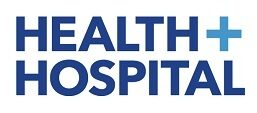Promoting Health Equity In Under served Communities
Despite significant advancements in medical technology, the U.S. healthcare system still faces major challenges in ensuring equal access to care for all. These barriers are especially pronounced for marginalized and underserved groups, deepening existing health disparities.
At its core, healthcare should offer everyone the chance to achieve the best possible health outcomes. However, many obstacles—like socioeconomic status, environmental factors, and institutional barriers—continue to exist. These hurdles are often tied to income inequality, housing instability, and limited access to healthcare resources.
Addressing these disparities requires a coordinated, multi-sector effort. By working with local health departments and community organizations, individuals can engage in initiatives that drive real change in public health. Furthermore, providing financial support programs, such as getting paid to take care of a family member, can offer much-needed assistance for caregivers while enhancing overall well-being.
Healthcare providers also play a critical role in bridging the health equity gap by implementing patient-centered strategies tailored to each person’s unique needs. This personalized approach helps meet the diverse healthcare needs of different populations.
Government agencies, faith-based organizations, and private entities must collaborate to create policies and services that are specifically designed for underserved communities, uniting under a comprehensive healthcare framework.
For more information on improving healthcare for underserved populations, please refer to the accompanying infographic.






